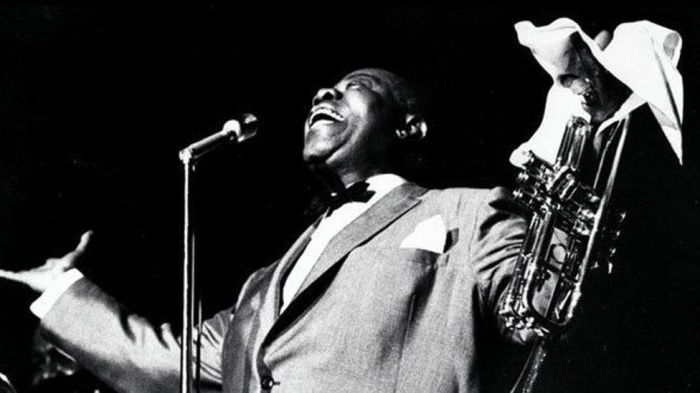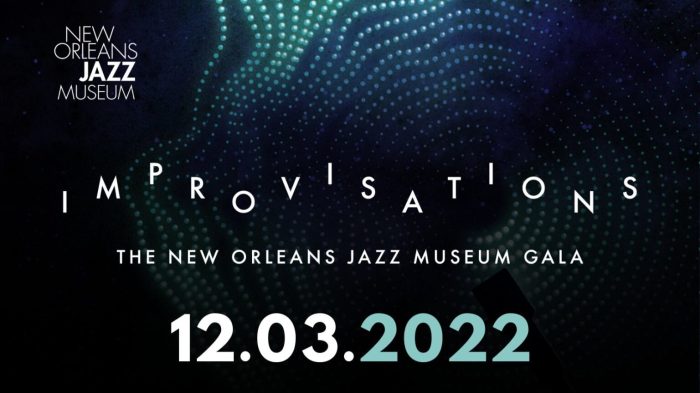New orleans jazz improvisation and cool improvisation sound the same – When it comes to jazz improvisation, two distinct styles that often spark comparisons are New Orleans jazz and cool improvisation. Despite their shared roots in jazz, these styles exhibit unique characteristics that set them apart. This exploration will delve into the similarities and differences between New Orleans jazz improvisation and cool improvisation, examining their techniques, harmonic and melodic elements, rhythmic structures, instrumentation, and historical contexts.
From the lively streets of New Orleans to the sophisticated clubs of the 1950s, these two styles have left an indelible mark on the jazz landscape. By uncovering their nuances, we gain a deeper appreciation for the diversity and evolution of jazz improvisation.
Improvisation Techniques
Improvisation is a central aspect of both New Orleans jazz and cool jazz, allowing musicians to express their creativity and individuality. However, there are distinct differences in the improvisation techniques employed in each style.
New Orleans Jazz
- Heavily influenced by blues and African-American musical traditions
- Emphasizes collective improvisation, with all members of the ensemble participating
- Common patterns include call-and-response, polyphony, and the use of “head” arrangements as a starting point
Cool Jazz, New orleans jazz improvisation and cool improvisation sound the same
- Influenced by classical music and European jazz traditions
- Prioritizes individual solos, with the rhythm section providing a more subdued accompaniment
- Emphasizes melodic development and harmonic exploration, with a focus on creating a relaxed and introspective atmosphere
Harmonic and Melodic Characteristics
New Orleans jazz and cool jazz have distinct harmonic and melodic characteristics that contribute to their unique sounds.
New Orleans Jazz
- Based on simple harmonic progressions, often derived from blues or ragtime
- Melodies are often pentatonic or based on blues scales
- Emphasis on syncopated rhythms and “blue notes” (notes slightly out of tune)
Cool Jazz, New orleans jazz improvisation and cool improvisation sound the same
- Employs more complex harmonic structures, including extended chords and modal harmonies
- Melodies are more lyrical and less improvisational
- Focus on harmonic tension and release, creating a sense of anticipation and resolution
Rhythmic Elements

The rhythmic elements of New Orleans jazz and cool jazz are also distinctive.
New Orleans Jazz
- Fast tempo with a strong backbeat
- Emphasis on syncopation and polyrhythms
- Rhythmic patterns are often derived from African-American dance music
Cool Jazz, New orleans jazz improvisation and cool improvisation sound the same
- Slower tempo with a more relaxed feel
- Emphasis on swing and walking bass lines
- Rhythmic patterns are more linear and less syncopated
Instrumentation and Ensemble Dynamics: New Orleans Jazz Improvisation And Cool Improvisation Sound The Same

The instrumentation and ensemble dynamics of New Orleans jazz and cool jazz contribute to their different sounds.
New Orleans Jazz
- Typically includes trumpet, clarinet, trombone, piano, bass, and drums
- Ensemble playing is characterized by collective improvisation and a call-and-response dynamic
- Emphasis on creating a lively and energetic atmosphere
Cool Jazz, New orleans jazz improvisation and cool improvisation sound the same
- Often includes saxophone, trumpet, piano, bass, and drums
- Ensemble playing is more structured, with solos taking center stage
- Emphasis on creating a relaxed and intimate atmosphere
Historical and Cultural Context

New Orleans jazz and cool jazz emerged from distinct historical and cultural contexts.
New Orleans Jazz
- Developed in New Orleans, Louisiana, in the early 20th century
- Influenced by African-American musical traditions, such as blues and ragtime
- Initially played in dance halls and saloons
Cool Jazz, New orleans jazz improvisation and cool improvisation sound the same
- Emerged in the late 1940s and early 1950s in New York City
- Reaction against the perceived “hot” and energetic style of bebop
- Influenced by classical music and European jazz traditions
Frequently Asked Questions
What are the key differences in improvisation techniques between New Orleans jazz and cool improvisation?
New Orleans jazz improvisation is characterized by its spontaneity, collective improvisation, and rhythmic drive, while cool improvisation emphasizes a more controlled, linear approach with a focus on melodic development and harmonic exploration.
How do the harmonic structures of New Orleans jazz and cool improvisation differ?
New Orleans jazz often employs traditional blues and gospel harmonies, while cool improvisation incorporates more complex harmonic structures, including extended chords and chromaticism.
What are the distinctive rhythmic elements of each style?
New Orleans jazz features a strong backbeat and polyrhythmic interplay, while cool improvisation is characterized by a more relaxed tempo and a focus on swing and syncopation.